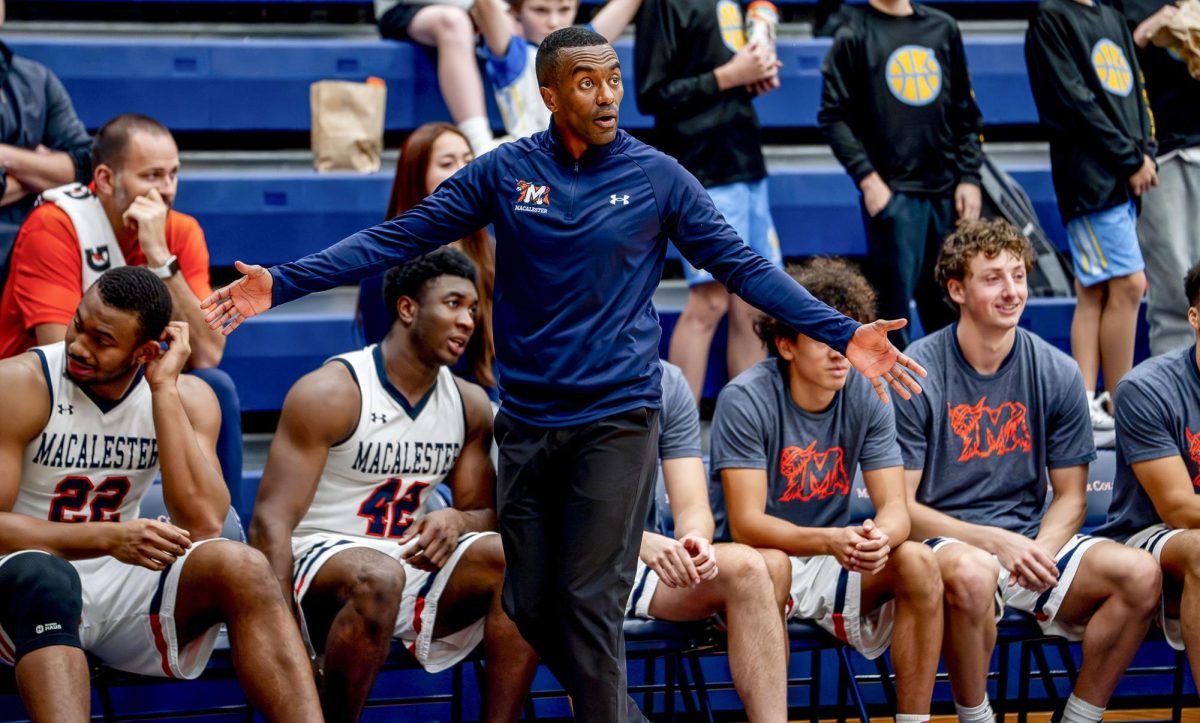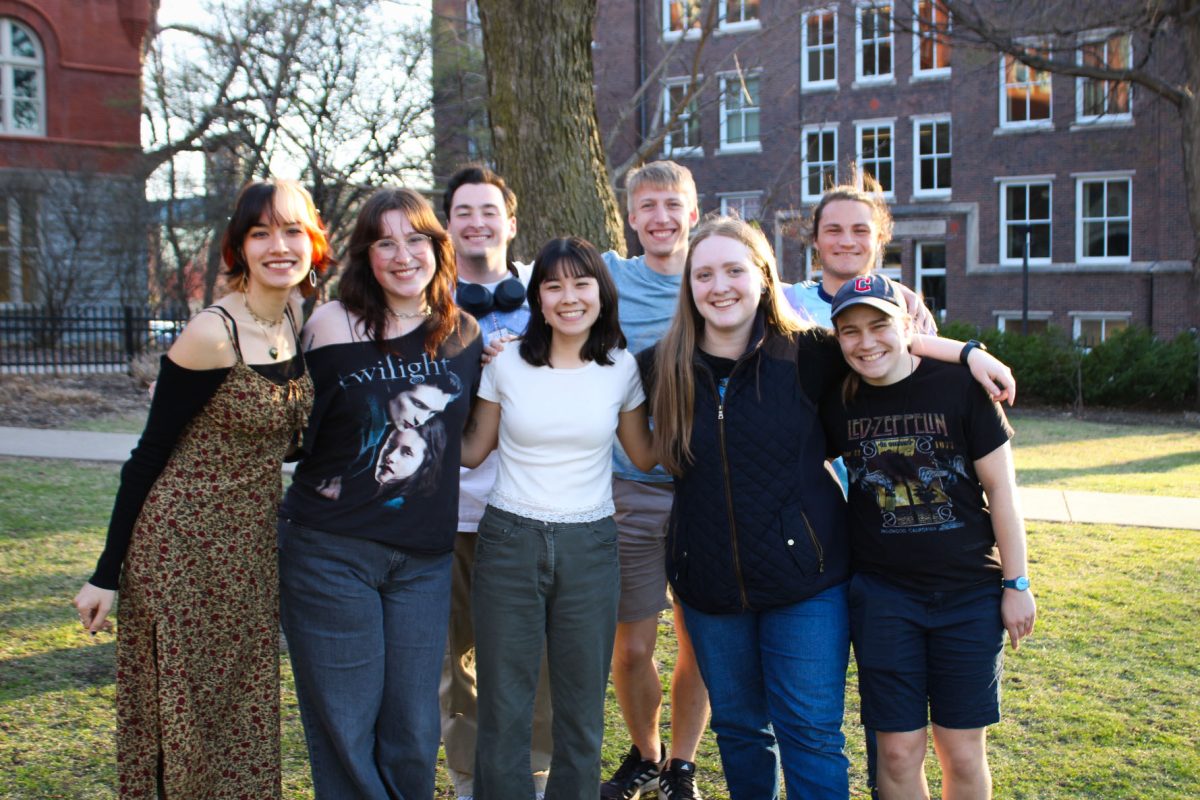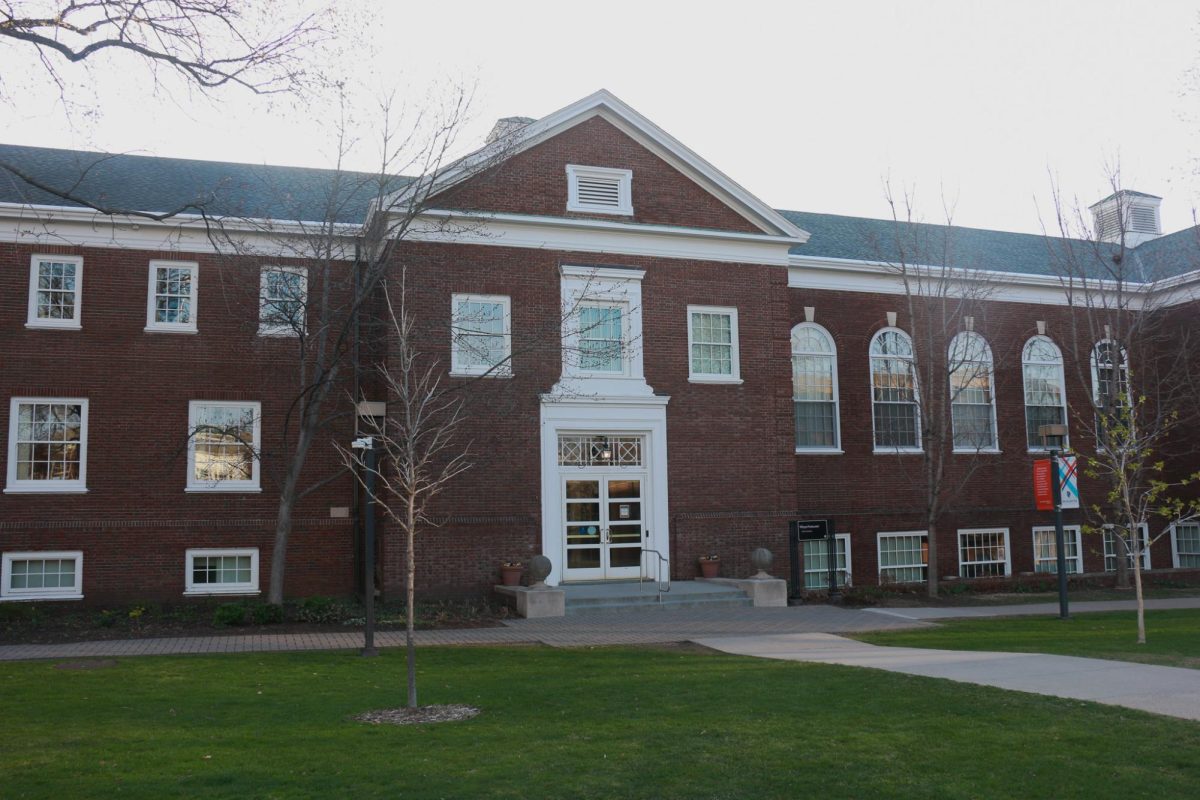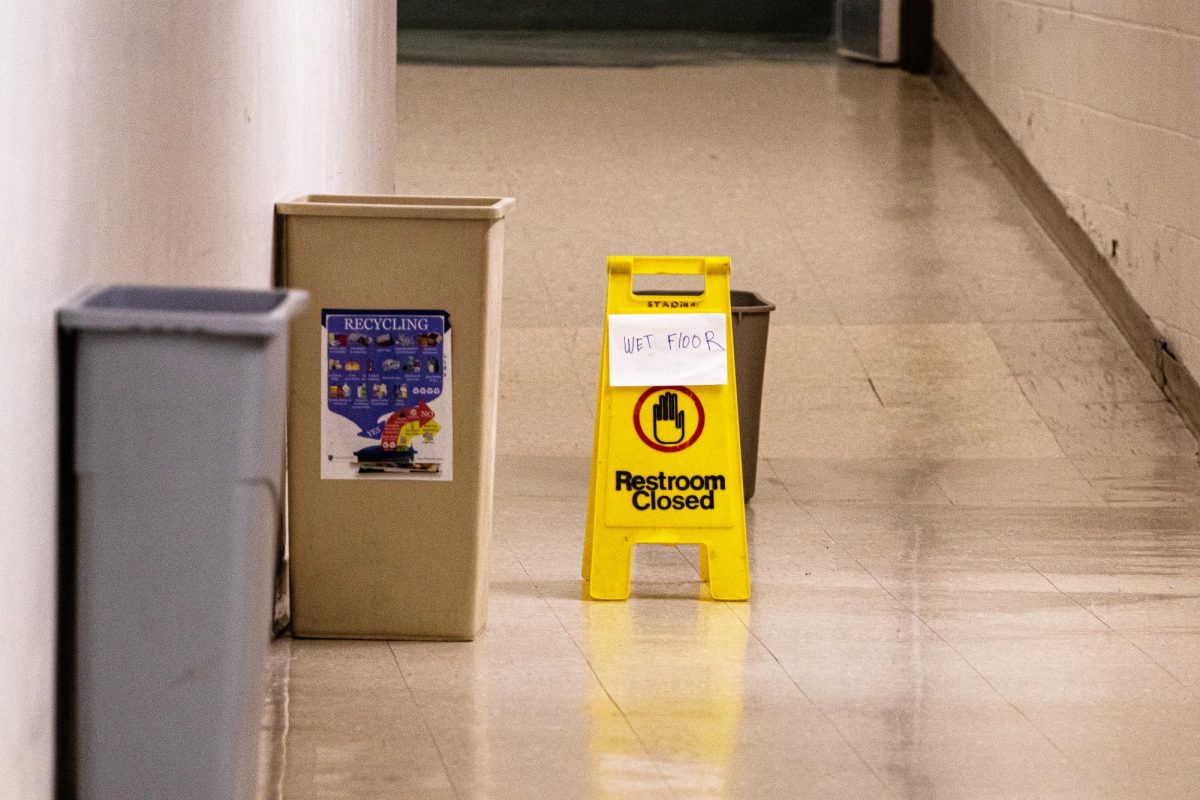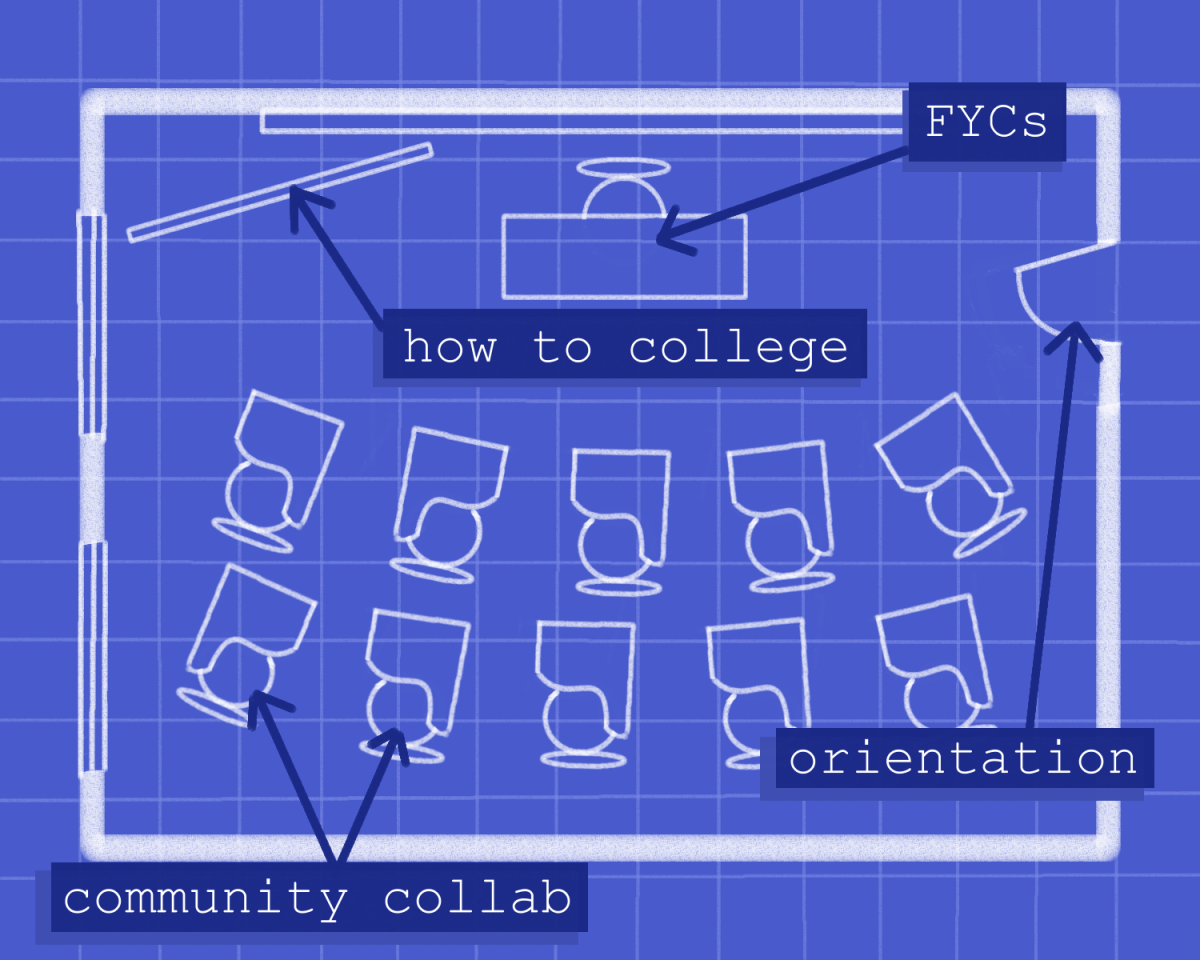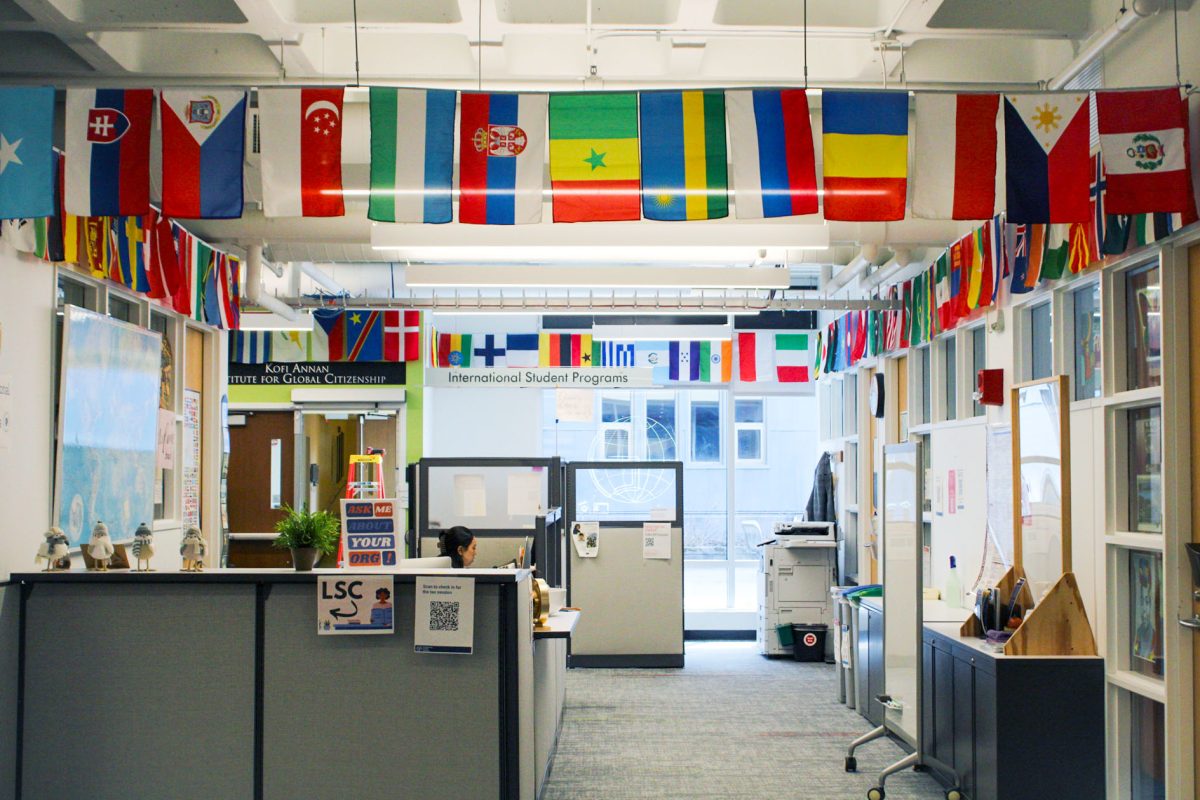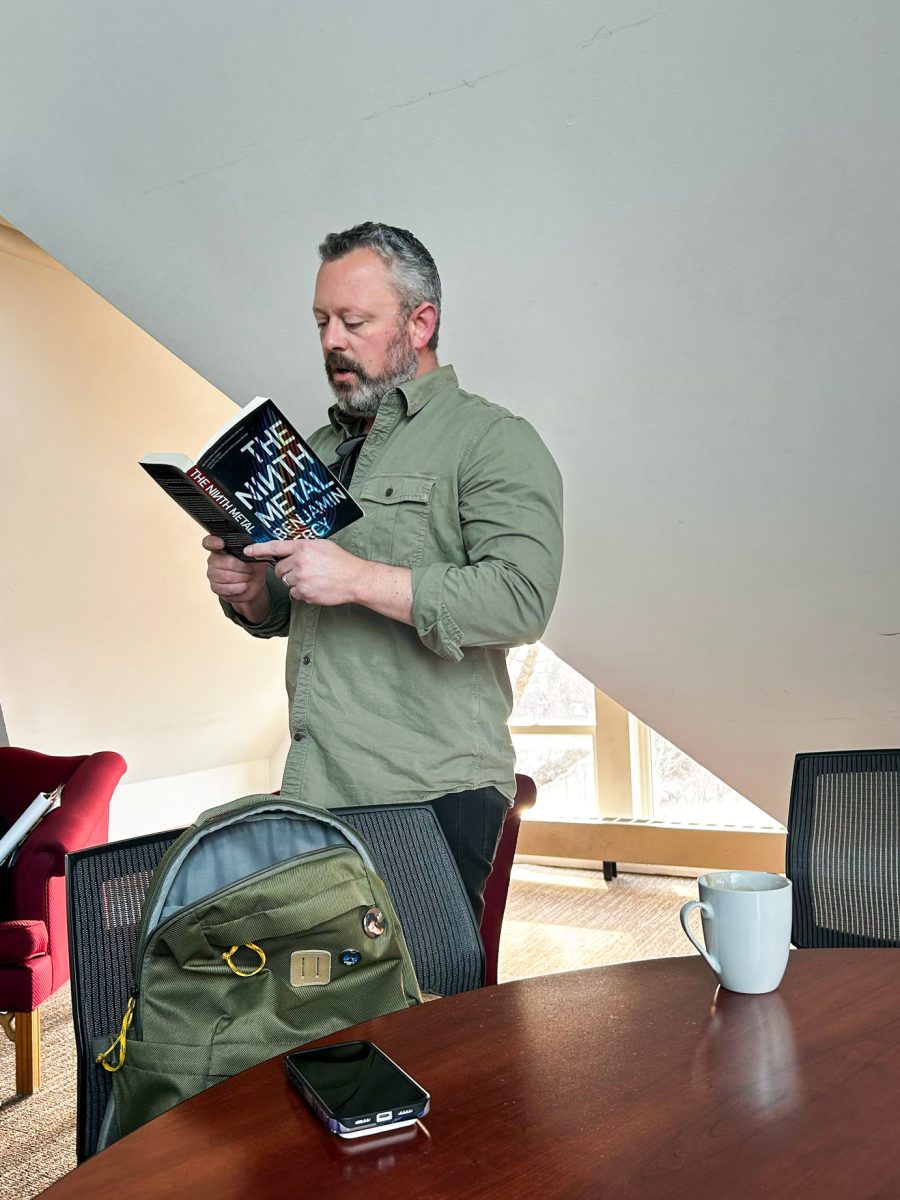Maria Sabina was an Indigenous Mazatec healer from Huautla de Jiménez, a small town in Oaxaca, Mexico. She used psychedelic mushrooms to heal a variety of conditions, as was her community’s tradition for many generations before the Columbian invasion. In the mid-20th century, American banker and ethnobotanist Robert Gordon Wasson traveled in search of Sabina. Wasson deceived the healer, stole samples of her mushrooms and published photos and descriptions of her healing rituals in Life magazine.
The publicity made Sabina an international phenomenon, drawing tourists and celebrities from around the world at the height of the hippie movement. The spiritual healing tradition drew fanfare and Western intrigue; however, some foreign visitors sought nothing more than an exotic high. Running and shouting incoherently in Huautla, the tourists became a local disruption. As a result of foreign disrespect for sacred traditions, Sabina became a local outcast and was accused of drug use and arrested twice. Meanwhile, Wasson was credited for pioneering the psychedelic revolution. Wasson’s subsequent trips to Mexico were secretly funded by the CIA as part of the project MK-Ultra.
Such exploitation and abuse of ancient knowledge is commonplace in today’s era of the “gene rush.” In a process similar to the gold rush, colonizers rush in to steal local biological treasures — Indigenous medicines, seeds and foods — and bring them back to their homelands to receive wealth, glory and fame.
“Biopiracy is the theft of traditional knowledge,” James Hodges, co-chair of the negotiating committee for the United Nations Treaty on Access and Benefit-sharing of Genetic Resources (Nagoya Protocol), said. “Researchers from rich countries access plants and animals, often from the Global South, without any payment or recognition of where they came from. And then they commercialize the product and make a lot of money.”
Humans have traditionally learned to capitalize on the genetic resources in their environment. Much of modern medicine is based on naturally occurring compounds, and modern crops come from wild ancestors. The search for such useful plants is called “bioprospecting.”
“It’s very difficult to, in a brute force way, find medically active biomolecules,” professor Ron Barrett, who teaches anthropology at Macalester, said. “So, pharmaceutical companies will [send people] to find medically active plants … that are used by local people in different environments.”
“People found plants that had useful qualities to them, and across many generations, they selected the seeds from the best plants and replanted those, and [that’s how] we got crop domestication,” Mac geography professor Bill Moseley said in an interview with The Mac Weekly. “That’s central to food security.”
Things turn sour when traditional knowledge, painstakingly collected and passed down across generations, is presented as a new “discovery” or “invention.” Traditional knowledge can often trace back thousands of years, encompassing medicinal, agricultural and technical practices and knowledge. Generations of healing, innovation and medical knowledge have accumulated over time and adapted from the local culture and environment. Communities develop local plant varieties and animal species, passing down knowledge orally or through written texts such as the Ayurvedic texts, written over 2,000 years ago, or the Chinese medical repository, Nei Ching, written around 5,000 years ago.
“The biopiracy [occurs when] the original possessors of that knowledge do not get any benefit or recognition,” Macalester anthropology professor Arjun Guneratne said. “And, in fact, you might have people putting patents on the knowledge in such a way that the original possessors of that knowledge are prevented from making use of it.”
Patents are intended to promote innovation, offering scientists and researchers a protected monopoly for a period of time (usually 20 years from the filing date) so that they may recover research and development costs. However, with the rise of globalization, dubious researchers are abusing these protections.
In 2005, for example, the French Institute for Research and Development conducted a series of interviews on traditional anti-malarial remedies in French Guiana, a former French colony. Ten years later, the company filed for, and was granted a patent for the use of the Quassia Amara plant for use against malaria. Similar situations have taken place with quinine, ayahuasca, basmati rice and others.
Indigenous and local communities are not only uncompensated in these cases but are sometimes also prevented from using what was once their cultural heritage.
“Companies may go after poor farmers for some patent infringement,” Moseley said. “That’s problematic for food security, and it’s theft.”
Not all hope is lost for traditional knowledge protection, however. In 1995, the European Patent Office granted intellectual property rights to the US Food and Drug Administration for the use of neem, a well known plant in traditional Indian medicine, as an antifungal. After a 10-year legal battle, the Indian government successfully shot down the patent.
“The free tree will stay free,” activist Dr. Vandana Shiva said in an interview with France 24.
To combat biopiracy, India has founded The Traditional Knowledge Digital Library (TKDL), a platform that attempts to assemble and document traditional knowledge. However, this is an immense task that not all governments can undertake.
“This is a huge issue for small countries who are at the receiving end of biopiracy. The system has evolved to protect the interests of the people who have power,” Guneratne said. “The legal regime operates for the benefit of corporations, not for small-scale societies in Africa, Asia and Latin America.”
Even in countries with initiatives such as India’s TKDL, many remedies will be overlooked.
“It’s harder with societies that don’t have written records,” Barrett said. “They may have a long-standing oral tradition passed down from generation to generation that is not going to stand the test in a courtroom.”
Other initiatives include the Nagoya Protocol for benefit sharing, a UN treaty that aims to legitimize local claims to genetic resources and traditional knowledge, as well as provide a framework for giving back to communities.
“The protocol is about fairness,” Hodges said. “It’s about equity. Biopiracy is illegal [and] it’s unethical if you’re taking something and not giving anything in return. There’s lots of monetary and non-monetary benefits derived from genetic resources and traditional knowledge. The goal is to provide benefits to support conservation and Indigenous peoples.”
As the world attempts to shift to a more just, sustainable model of science, it is important to critically consider what “innovation” means. What is truly novel, and what has been appropriated? When sharing the benefits of a commercial venture, who should be included? In what format should this compensation be delivered? These are the questions that should drive future intellectual property policy.


